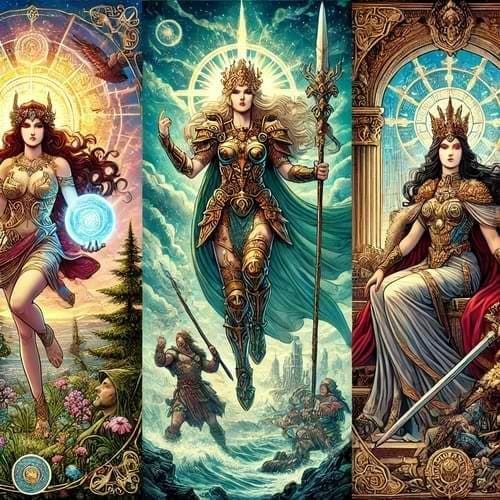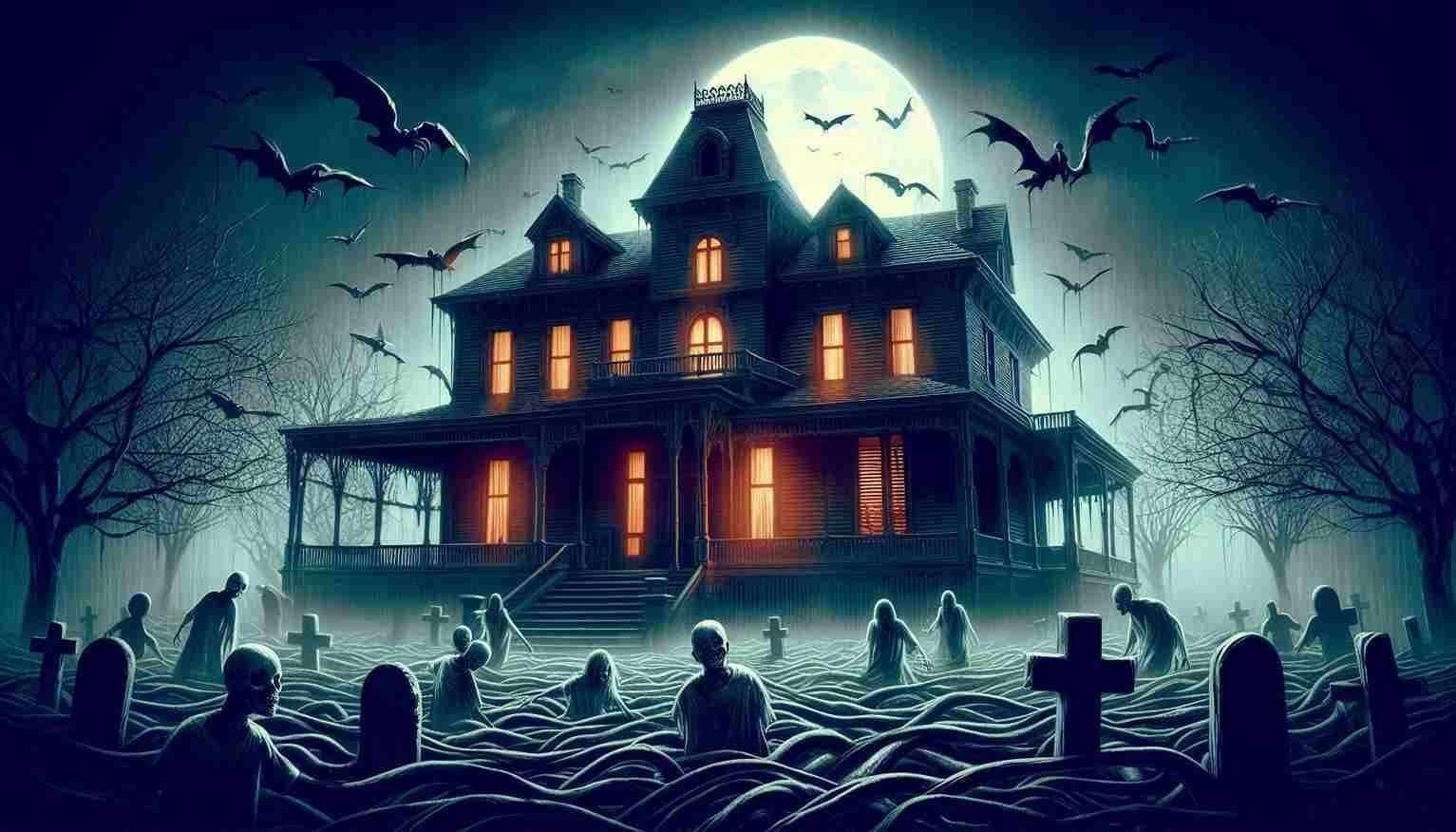Throughout history, humans have been fascinated by the concept of ghosts and spirits. These ethereal beings, often considered the souls of the departed, have played significant roles in various cultural and religious contexts. Ancient civilizations, with their rich mythologies and spiritual beliefs, offer a diverse array of explanations for these paranormal phenomena. By exploring these ancient theories, we gain insight into how past societies understood the mysteries of life and death, and how these beliefs have shaped modern perceptions of the supernatural.
1. Ancient Egypt: The Land of the Dead
Ancient Egypt is renowned for its elaborate beliefs regarding the afterlife and the journey of the soul. Central to Egyptian spirituality were the concepts of Ka and Ba, which represented different aspects of the soul. The Ka was believed to be a person’s life force, while the Ba was a more individualized aspect that could travel between the living and the dead.
Egyptians believed that proper rituals and mummification were essential to ensure the Ka and Ba could reunite in the afterlife, allowing the deceased to live eternally in the Field of Reeds. Failure to perform these rituals could result in restless spirits. To appease these spirits, Egyptians conducted various ceremonies, offering food and prayers to the dead. The significance of the afterlife in Egyptian culture is evident in their monumental tombs and detailed funerary texts, like the Book of the Dead, which provided guidelines for navigating the afterlife.
2. Greek and Roman Perspectives: Shades of the Underworld
In ancient Greek mythology, the afterlife was a complex and multifaceted concept. The Underworld, ruled by Hades, was the destination for souls after death. Greeks believed in the existence of shades—ghostly versions of the deceased who resided in this gloomy realm. The journey to the Underworld involved crossing the River Styx, guided by the ferryman Charon, and passing through various gates and judges.
The Greeks practiced rituals to honor the dead, such as offering libations and conducting funeral rites to ensure the proper passage of the soul. Roman beliefs, heavily influenced by Greek mythology, incorporated similar concepts of the afterlife. They believed in the existence of spirits, known as Manes, who were venerated during festivals like Parentalia. These rituals aimed to appease the spirits of ancestors, ensuring they would protect and not haunt the living.
Also check: Unveiling the Wonders of Ancient Civilizations
3. Mesopotamian Views: Spirits of the Enûma Eliš
Mesopotamian civilizations, including the Sumerians, Akkadians, and Babylonians, had intricate beliefs regarding spirits and the afterlife. They believed that spirits of the dead could be either benevolent or malevolent. Ghosts, or “gidim,” were often associated with the netherworld, a dark and dreary place described in texts like the Epic of Gilgamesh.
Mesopotamians practiced various rituals to interact with these spirits, seeking their guidance or attempting to appease them to avoid misfortune. Offerings of food and drink were common practices to honor the dead. They also believed that neglected spirits could become restless and cause harm, emphasizing the importance of proper burial and remembrance.
4. Chinese Ancestral Spirits: The Power of Ancestors
In Chinese culture, ancestor worship has been a fundamental aspect of spiritual life for millennia. The Chinese believed that the spirits of deceased ancestors had the power to influence the fortunes of the living. These spirits needed to be honored through rituals and offerings to ensure their protection and blessings.
One of the key practices in Chinese ancestor worship is the Qingming Festival, where families clean and decorate ancestral tombs, offering food and burning incense to honor their ancestors. The concept of “hun” and “po,” representing different aspects of the soul, also played a crucial role in Chinese beliefs. Proper rituals ensured the harmonious coexistence of these soul aspects and prevented them from becoming restless spirits.
Also check: Role of Mythology in Ancient Egyptian Religion
5. Indigenous American Beliefs: Spirits in Nature
Indigenous American tribes had diverse spiritual beliefs, but many shared a deep connection with nature and the spirits that inhabited it. These spirits, often seen as guardians or ancestors, were integral to the tribes’ understanding of life and death. The belief in an interconnected world, where every element of nature had a spirit, shaped their rituals and practices.
Ceremonies to communicate with spirits, such as vision quests and shamanic rituals, were common among Indigenous tribes. These practices aimed to seek guidance, healing, and protection from the spiritual realm. The reverence for spirits extended to animals, plants, and natural features, reflecting a holistic view of the world where the living and the spiritual coexisted harmoniously.
6. Hindu and Buddhist Concepts: Reincarnation and Karma
Hinduism and Buddhism, two of the world’s oldest religions, offer profound insights into the nature of spirits and the afterlife. In Hinduism, the belief in reincarnation and karma is central. Souls undergo a cycle of birth, death, and rebirth, influenced by their actions in previous lives. Restless spirits, or “preta,” were believed to be the result of unresolved desires or negative karma.
Buddhism shares similar beliefs in reincarnation but emphasizes the attainment of enlightenment to escape the cycle of rebirth. Spirits, known as “bhūtas,” were thought to be beings who had not yet achieved liberation. Both religions practiced rituals to ensure a favorable rebirth and to appease spirits, including offerings and ceremonies led by priests or monks.
Conclusion
The ancient theories of ghosts and spirits from various civilizations reveal a common human quest to understand the mysteries of life and death. Despite the differences in cultural contexts and religious beliefs, these ancient perspectives share themes of reverence for the dead, rituals to honor spirits, and the quest for a harmonious relationship between the living and the spiritual. These beliefs have not only shaped the history and culture of their respective societies but also continue to influence modern perceptions of the paranormal. The enduring fascination with ghosts and spirits highlights our timeless curiosity about the unknown and the supernatural.
References
- Brewer, Douglas J. “The Spirit of Ancient Egypt.” Pearson, 2002.
- Johnston, Sarah Iles. “Restless Dead: Encounters between the Living and the Dead in Ancient Greece.” University of California Press, 1999.
- Bottéro, Jean. “Religion in Ancient Mesopotamia.” University of Chicago Press, 2001.
- Thompson, Laurence G. “Chinese Religion: An Introduction.” Wadsworth Publishing, 1996.
- Hultkrantz, Åke. “Belief and Worship in Native North America.” Syracuse University Press, 1981.
- Bhikkhu, Bodhi. “The Buddha and His Teachings.” BPS Pariyatti Editions, 2000.





Leave a Reply